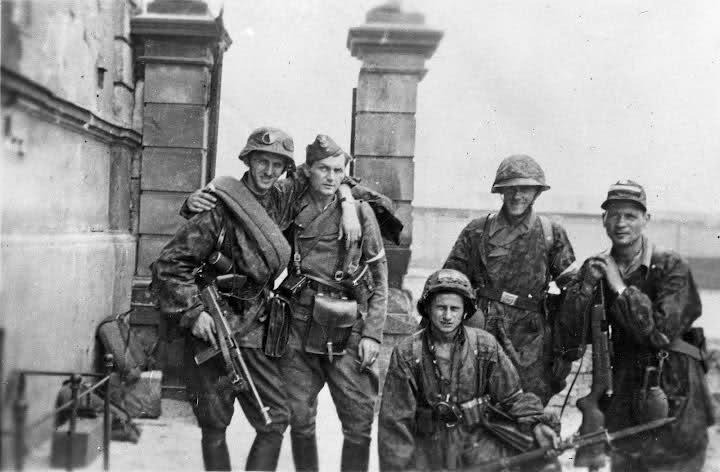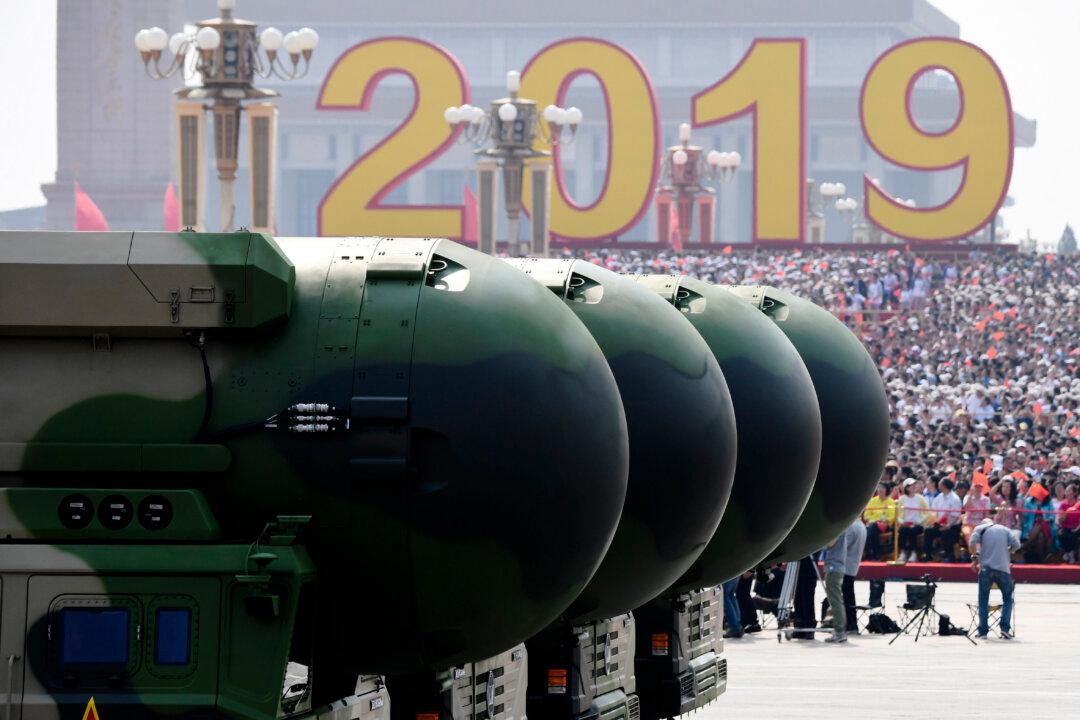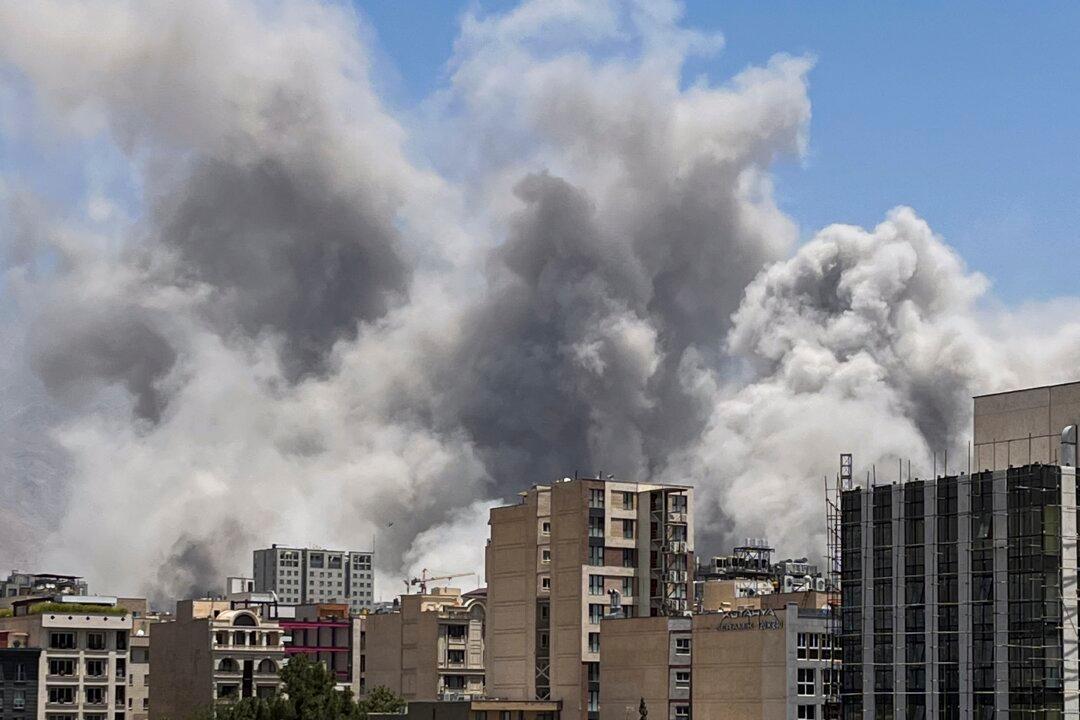In the summer of 1944, the Nazi occupation of Poland was nearing the end of its fifth year. More than one in five Poles had been killed, enslaved, or shipped off to concentration camps. The country was being incrementally destroyed to make way for Adolf Hitler’s vision of a greater German Reich. Still, hundreds of thousands of Poles continued to fight.
By August, the Soviet Red Army had managed to drive German forces off of Russian territory and take parts of Poland. Vast amounts of American and British aid, including trucks, food, and raw materials, enabled the Soviets to deploy and supply vast numbers of tanks, planes, and guns.




